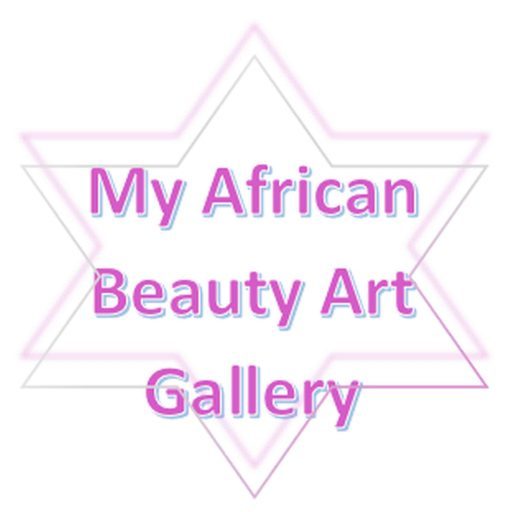The Bangubangu Tribe The Bangubangu, also known as the Bangu-Bangu or Bambenga, are an ethnic group primarily residing in the Democratic Republic of Congo (DRC). Here are some key facts about the Bangubangu tribe: Location: The Bangubangu people are primarily found in the Equateur Province of the DRC, specifically in the northern region near the …
Continue reading Bangubangu
Tag:MANGBETU
Bembe
BEMBE The Bembe tribe is an ethnic group predominantly residing in the southeastern region of the Democratic Republic of Congo (DRC), near Lake Tanganyika. Here are some key facts about the Bembe tribe: Location: The Bembe people primarily inhabit the territories of Uvira, Fizi, and Itombwe in the South Kivu province of the DRC, near …
Continue reading Bembe
Bushoong
BUSHOONG TYPES OF ART As might be expected, art that can be directly attributed to the Bushoong is almost always used to validate rule. Ndop (portraits of rulers) are perhaps the best known of the Bushoong royal arts and are used as mnemonic devices to remember Kuba history and to transfer power from one king to the …
Continue reading Bushoong
Hemba
Hemba TYPES OF ART The artistic style of the Hemba is very similar to that of the Luba, as many of their forms are borrowed. Art often results from the elaboration of otherwise simple utilitarian objects. Extensive wooden sculptures, which often represent the ancestors, predominate. HISTORY Near the end of the 16th century, the Hemba …
Continue reading Hemba
Kuba
KUBA TYPES OF ART Aside from beautiful cloth, the Kuba also produce carved wooden masks and figures. They also carve headrests, divination oracles, and anthropomorphic cups. HISTORY In the 16th century, the Kuba peoples migrated from the distant north to their current location along the Sankuru River. When they arrived, however, they found that the …
Continue reading Kuba
Luba
LUBA TYPES OF ART The iconographic representation of women in Luba sculpture is widespread and correlates to the important role of women in Luba society. The Luba are best known for their stools, mboko (divination bowls), beautifully carved bow stands, and lukasa (memory boards). HISTORY The relentless expansion of Luba empire can be traced as far back as 1500, …
Continue reading Luba
Luluwa
LULUWA TYPES OF ART Luluwa are known for their sculpted statues marked by intricate scarification patterns and their finely carved utilitarian objects, including hemp pipes. They also carve several mask types used in initiation. HISTORY The Luluwa are closely related to the Luba Kasai and migrated along with them in the 18th century following an …
Continue reading Luluwa
Lunda
LUNDA TYPES OF ART Although it is impossible to isolate specific examples of Lunda art, their political activity in the region and their patronage of artists living in neighboring ethnic groups influenced the artistic styles found throughout the region. It is believed that all objects historically linked to the Lunda were originally carved by neighbors, …
Continue reading Lunda
Mangbetu
MANGBETU TYPES OF ART Most Mangbetu art was reserved for ruling class and was secular in nature. Wooden figures are believed to be ancestral portraits. Harps and trumpets that were used by court musicians were often adorned with sculpted human heads. Decorated thrones and knives were also part of the royal regalia. HISTORY Linguistic patterns …
Continue reading Mangbetu
Ngbaka
NGBAKA TYPES OF ART The most common forms of sculpture center around representations of Seto and Nabo. Often they are portrayed with a heavy ridge of scars which bisect the forehead vertically. The Ngbaka also carve several types of masks and numerous utilitarian objects. HISTORY The Ngbaka arrived on the Gemena Plateau in 1920. They …
Continue reading Ngbaka
